To raise awareness for all the good work Healthy Hips Australia do for people diagnosed with Hip Dysplasia, Northcote Osteopathic Clinic can bring you up to speed on what Hip Dysplasia is, what to look out for and what can be done about it.
What is Hip Dysplasia?
Hip Dysplasia is a condition where the ball and socket part of the hip joint do not fit properly together in their normal position. The main cause is a combination of loose ligaments around the joint and abnormal growth or development. The severity of this condition can vary from mild dysplasia, to severe abnormal development where dislocation of the hip may occur. The condition is also referred to as Developmental Dysplasia of the Hip (DDH), congenital hip dysplasia, and has many other names too.
Who does it affect?
As many as 1 in 6 full-term newborn babies have some form of hip instability at birth, and it tends to affect females more than males. However, it is not always present at birth, hence the ‘developmental’ part of the name. Risk factors for developing this condition include:
• Incorrect swaddling techniques
• Being a first born
• Having family history of the condition
• Breech positioning inside the womb
What are the signs and symptoms?
There are a wide variety of signs and symptoms for Hip Dysplasia. Depending on when you are diagnosed, you might experience:
• Clicking or clunking when moving the hip
• Uneven thigh or buttock skin creases
• Uneven leg lengths
• Weight-bearing to one side when sitting
• Avoidance of weight bearing altogether
• Limping or pain when walking
• Walking on tip-toes on one side
• Legs that are difficult to spread apart
What can be done about it?
Screening at birth, and in the weeks and months that follow, is the best way to reduce the risk of developing this condition, and its potential complications later in life. You should allow for your baby’s legs and hips to sit in their natural position where possible (i.e. knees bent and turned out at the hips). Try to avoid swaddling, as this restricts leg movement, and any car seats or carriers that bring your child’s legs in together at the knees.
In cases where Hip Dysplasia is present, there are a few different types of treatment, which include harnessing or bracing for milder cases, or surgical correction in more severe cases (i.e. dislocation).
One of the biggest side effects in adults is hip osteoarthritis, so from the teenage years and up, some cases may be considered for corrective surgery to avoid the risk of this developing later in life.
If you are worried about your child’s hips, or even your own, then contact us, your trusted Osteos. We will take you through an assessment and advise you on your best course of action. This may include referring you on for further investigation, prescribing you strength and flexibility exercises to help you manage your condition, or other treatment. Whatever you need, we’ll help you or your loved one get back to doing the hippy hippy shake in no time!
Reference:
1. Healthy Hips Australia. http://www.healthyhipsaustralia.org.au/education-training/what-is-developmental-dysplasia-of-the-hip/
2. International Hip Dysplasia Institute. https://hipdysplasia.org/adult-hip-dysplasia/adult-diagnosis/
3. Yang, S. et al. 2019. Developmental Dysplasia of the Hip. Paediatrics. 143(1).

